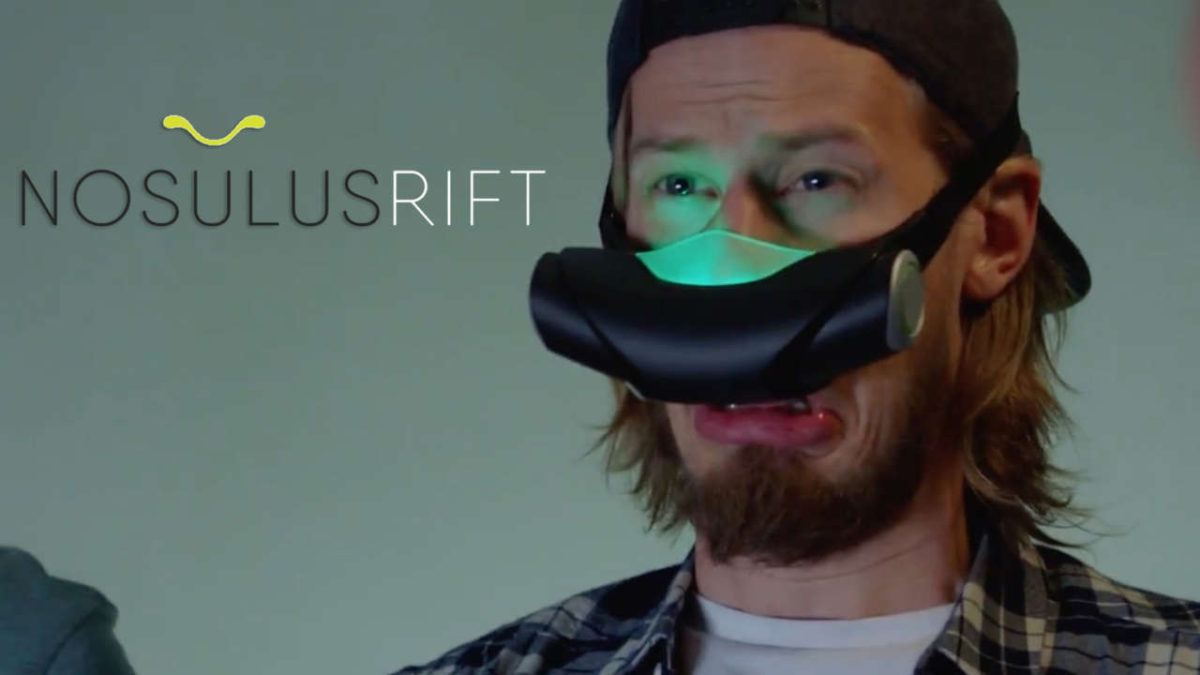The virtual reality world is changing rapidly, Google just announced their vision (no pun intended) on VR headsets with the Google Daydream View. Many other companies have their headset already on the market and our now developing applications for these devices (Lamkin, 2016). Consumers are slowly starting to get into virtual reality, Deloitte Global predicting that at the end of this year VR will have about $700 million in hardware sales. Of which the vast majority is focussed on video games but in the longer term VR is likely to have multiple applications (Lee & Stewart, 2016).
Virtual reality hardware offers visual and audio content to replicate a realistic environment. Immersing users into a simulation that allows them to feel like as if it was reel. However this illusion remains incomplete, only satisfying sight and hearing. So that’s why Ubisoft developed the Nosulus Rift, which will offer gamers a different immersive experience while playing the game “South Park: The Fractured But Whole”. This game has a new character whose superpower is farting. And since a fart is not visible, Ubisoft created a new VR wearable device that users need to strap onto their nose and will make them able to smell the farts of the characters (Passary, 2016). Ubisoft is showcasing this device at game conventions where people can try-out the game as well as the headset. Some of the reactions give a good indication of how well the device works. “A horrible, noxious gas” according to Farokhmanesh (2016) and Dingman (2016) says “it can make you retch and feel like you want to die!”
Then the questions arise, is this a good development for VR? Will it help VR become the next chapter in the continuing disruption in technology and innovation? The Nosulus Rift is more than just showing a new way to experience VR, it opens a large field of new opportunities in the sector of VR. Helping VR become integrated into our lives and workplaces in the near future.
Sources
https://www.wareable.com/headgear/the-best-ar-and-vr-headsets
http://www2.deloitte.com/global/en/pages/technology-media-and-telecommunications/articles/tmt-pred16-media-virtual-reality-billion-dollar-niche.html
http://www.techtimes.com/articles/174579/20160822/forget-oculus-rift-meet-nosulus-rift-this-wearable-tech-will-let-you-smell-fart-in-new-south-park-game.htm
http://www.polygon.com/2016/8/19/12550744/south-park-fractured-but-whole-nosulus-rift
http://www.pcworld.com/article/3116197/software/south-park-the-fractured-but-wholes-fart-simulating-nosulus-rift-almost-made-me-vomit.html


